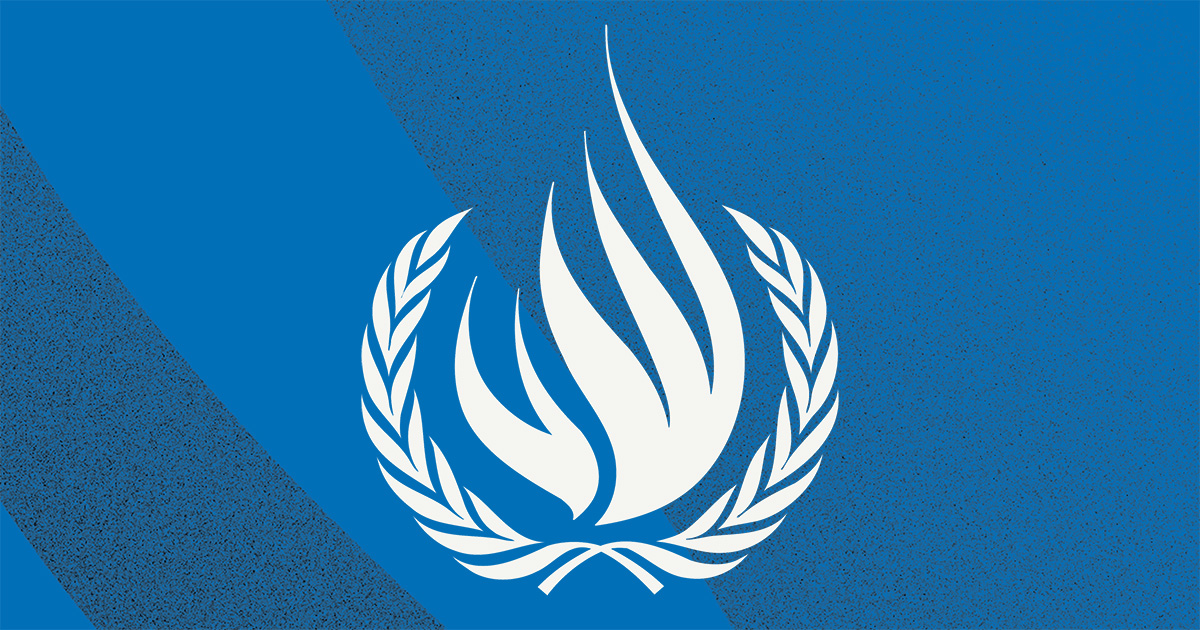
Australia should establish a new “Pacific Access” visa category that could be used by Pacific islanders forced from their homes by climate change and natural disasters, a new policy paper has argued, warning of growing displacement in Australia’s region in coming decades.
Disasters displaced three times as many people as conflict around the world last year, the paper from University of New South Wales’ Kaldor Centre for International Refugee Law says, and the Asia-Pacific region is the hardest hit. Between 2008 and 2018, the Asia-Pacific saw more than 80% of all new global displacement.
“Australia cannot afford to ignore the fact that in its own region, internal and cross-border displacement within and from the Pacific islands is likely to increase as disasters intensify and become more frequent, exacerbated by the impacts of climate change,” authors Jane McAdam and Jonathan Pryke write.
“While Australia cannot stop such displacement altogether, it can implement policy changes now that would help to reduce its scale and impact.”
New Zealand has, for decades, run a Pacific Access Visa category, allowing residents of Kiribati, Tuvalu, Tonga and Fiji to apply to permanently migrate under a ballot system. Residents of Cook Islands, Niue and Tokelau are automatically New Zealand citizens. The Marshall Islands, Federated States of Micronesia and Palau are in ‘compacts of free association’ with the US, allowing free movement.
The Kaldor policy paper argues for an expansion of Australia’s existing seasonal worker program and Pacific labour scheme, and for the creation of a Pacific access-style visa category similar to New Zealand’s model. It would be for countries in the Pacific without free movement to other large Pacific rim countries.
Director of the Kaldor Centre, Prof Jane McAdam, said that while Pacific islanders overwhelmingly want to stay in their homes, and their governments were focused on climate change mitigation and adaptation, that migration planning would be needed as part of a “suite of policies” for coming decades.
She said governments around the world, but particularly in the Asia-Pacific, needed to put in place migration policies to allow planned and controlled movement before displacement became acute and forced.
“Policymakers look at this as a future issue, but we are seeing the impacts already driving people to move. These policies are about supporting Pacific islands communities to themselves cope with disasters and climate change. This is not an either-or argument, it’s not adaptation and mitigation or migration, we need a suite of policies to address these challenges, and migration can provide an important relief-valve.
“This isn’t just about protecting people when it’s almost too late, it’s about devising proactive policies, including migration policies to let people move now, with safety and with dignity.”
Pryke, director of the Lowy Institute’s Pacific Islands Program, said beyond the humanitarian and legal arguments in favour of greater Pacific access, Australia was a beneficiary of enhanced migration from the Pacific.
“We benefit greatly from the contribution the Pacific islanders are already making to Australia’s economy as seasonal and temporary workers, particularly in the era of Covid-19 where our borders remain shut to other sources of labour.”
He said labour migration benefited Pacific economies too, with Pacific labourers in Australia able to earn between eight and 10 times what they could in their home countries: money repatriated directly to families and communities.
“It is economic support directly into communities, to improve livelihoods back in the Pacific.”
Other models of pan-Pacific migratory cooperation have previously been mooted.
In 2019, former prime minister Kevin Rudd proposed a “formal constitutional condominium” with Pacific nations, where Australia would offer citizenship to the residents of Tuvalu, Kiribati, and Nauru in exchange for control of their territorial seas, exclusive economic zones, and fisheries.
The idea was not well-received in the Pacific: Tuvalu’s then prime minister accused him of “imperial thinking” and said his country would “not to be subjugated under some sort of colonial mentor”.
Prof John Blaxland from the ANU proposed Australia establishing a “grand compact” with Kiribati, Tonga, Tuvalu and Nauru: akin to the arrangements the US and New Zealand have with Pacific states.
Recruiting Pacific islanders to the Australian defence force – as a pathway to citizenship – has also been proposed.
The Australian government’s 2017 foreign policy white paper said Australia would move to “integrate Pacific countries into the Australian and New Zealand economies and our security institutions”, arguing it was “essential to the long-term stability and economic prospects of the Pacific”. Australia and other allied countries are also concerned about China’s rising presence and influence across the region.
Last month, Danielle Heinecke from the department of foreign affairs and trade told a parliamentary inquiry the government was looking at “pathways towards further integration” with Pacific states.
“Typically, we’ve had an economic response to migration, rather than necessarily a strategic look at migration, so there are a lot of interesting policy questions that government needs to unpack,” she said.
“What we really want to do is build on the [Pacific] Step-up and build on a lot of the existing education relationships and labour mobility pathways. We particularly want to use this where we can with micro states, because micro states have fairly small populations of around 140,000.”











